To understand the tempo of Los Angeles now, two weeks before the mayoral primary election, it pays to get off the beaten path. On a great spring Sunday morning, I hike into the Santa Monica Mountains, the grand political gift of the late 20th century. The California poppy is about to bloom. The hills are green and yellow, and the blue lupine are building spires. In minutes I’ve moved from city traffic to nature’s velvet silence.
But the woods have a talk of their own. First, there’s the gurgle of the low-running creek, the breeze running through the sycamore and the stomping of hikers’ feet against dirt path. Then I hear the murmur of hikers in small groups, walking with me uphill and coming at me, marching triumphantly down.
The first 10 hikers are speaking Farsi. The next five speak Russian. Next comes Hebrew. In the shady groves of eucalyptus trees, I hear Spanish, then more Farsi. A group of Gen-Xers — whites and Asians — speak a foreign tongue of their own, talking the alien patois of Internet.
This is the pleasant chatter of Los Angelenos at play, and it is the untold story that percolates beneath the upcoming April 10 primary.
Though I understand few words of my neighbors, I know I am completely safe and completely at home.
Only eight years ago, when Richard Riordan and Mike Woo faced off in the mayoral election, Los Angeles was not like this. In 1993, months after the King riots, during a period of upheavals, including natural disasters of earthquakes and fires, alienation was everywhere. Everyone I knew was talking of moving. Wyoming seemed not too far away to get away from urban crisis.
But not now. Los Angeles has changed, and the Jewish community has changed at least as much, if not more, than the city at large. The top six mayoral candidates went from synagogue to synagogue this week in an endless round of campaign debates. Yet the Jewish community they were seeking to address is hardly recognizable, even to itself.
Here are some of the ways we’ve changed during the Riordan years.
Cultural Diversity
Those Farsi and Russian and Hebrew speakers I heard in Temescal Canyon were not all Jewish, but many of them were. In Los Angeles, we are no longer a people of the Lox and Bagel. The Sephardim are a major influence on our cultural scene, with their own arts community and their own stories to tell. At our Passover table, we are likely to have Sephardic charoset of dates and nuts, yet another sign that the Sephardic influence is in our everyday lives.
We have not yet totally assimilated the influences of the latest wave of Jewish immigration, but no one among us feels quite as sure when we make a joke about kishkes and knishes that our audience knows what we’re talking about.
Cultural Confidence
The past eight years has witnessed a building boom in Jewish institutions unprecedented since the post World War II period, a sign that we have entered a period of social and cultural pride.
That boom began, of course, five years ago with the completion of The Skirball Cultural Center. Until the Skirball, Jewish life was divided between synagogues and community centers, thus eliminating people who either were nonreligious or didn’t play basketball. The Skirball has restated Jewish identity in Los Angeles as an artistic, historic and, yes, cultural pursuit, opening the way back to many Jews who had felt cut off.
Another high-stakes venture that has had massive payoff is the Sidney and Audrey Irmas Westside campus of Wilshire Boulevard Temple. Wilshire Boulevard was struggling with a declining "downtown" membership and a reputation as "old guard" Reform. The Irmas campus, with its modern architecture and burgeoning day school, has done more than blow dust off an institution stuck in the Edgar F. Magnin vintage. It has unbalanced the power base of the Westside Jewish community. Controversial decisions, like the Jewish Federation’s opting to return to 6505 Wilshire and the desire of the Westside JCC to stay on Olympic, reflected some part of Jewish leadership’s desire to follow the Irmas campus model and get with the Jewish people in new times.
Geographic Diversity
The King riots and the earthquakes moved the Jewish community west and north, but that is not the end of the story. A drive through Los Angeles from Highland west and Wilshire South indicates that small disasters don’t get in the way of appreciating good real estate. The Carthay Circle is just one of many areas enjoying a boom, in part of fed by the Library Minyan and Temple Beth Am’s day school. An Orthodox and Conservadox Jewish community that once defined itself as "Pico-Robertson" now is spread throughout the mid-Wilshire area. Anyone who would like to say that the Jewish community has moved to Agoura and Calabasas should look at the city anew.
It’s good the candidates want to pitch us, but our first task is knowing who we are.






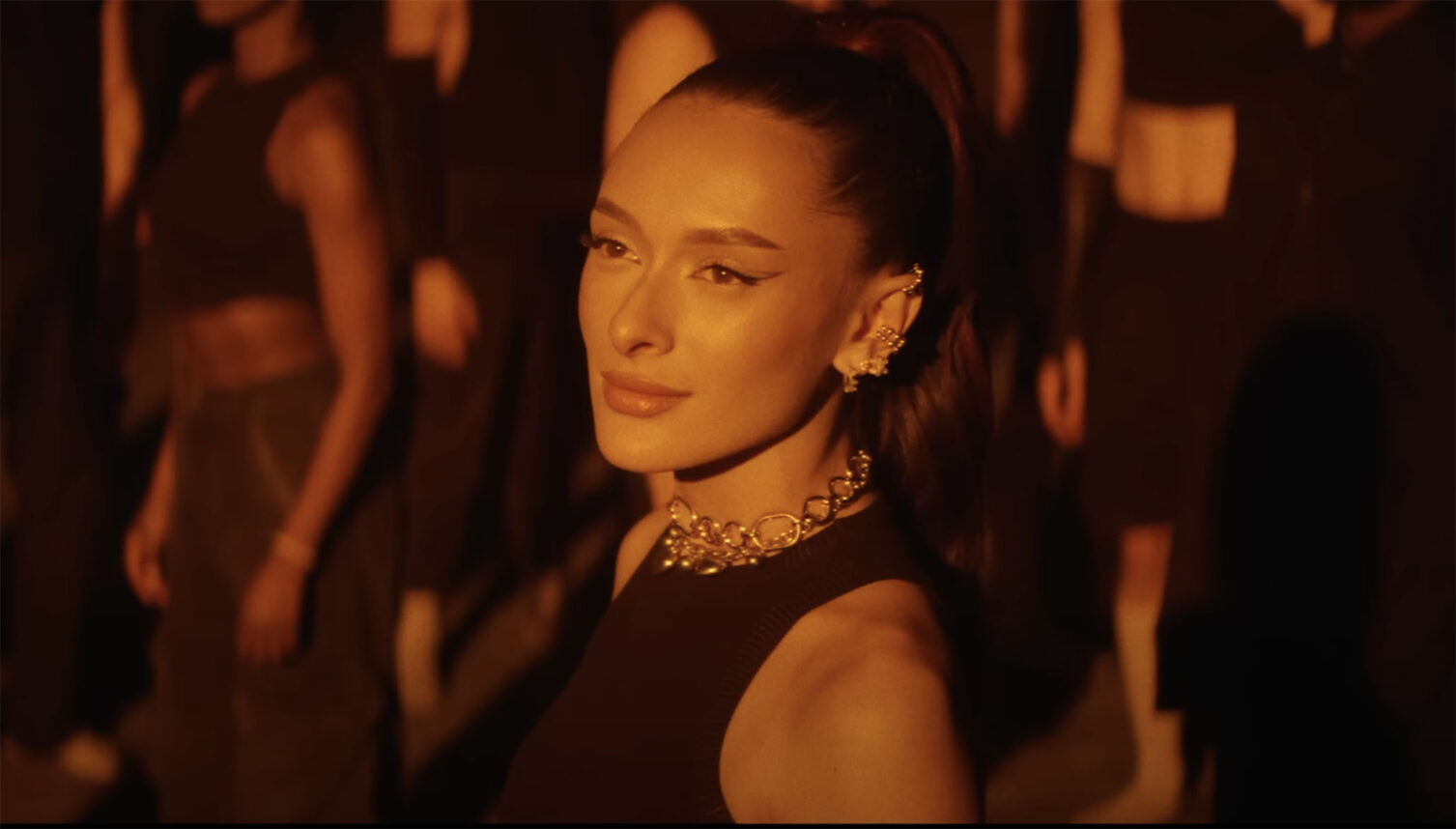

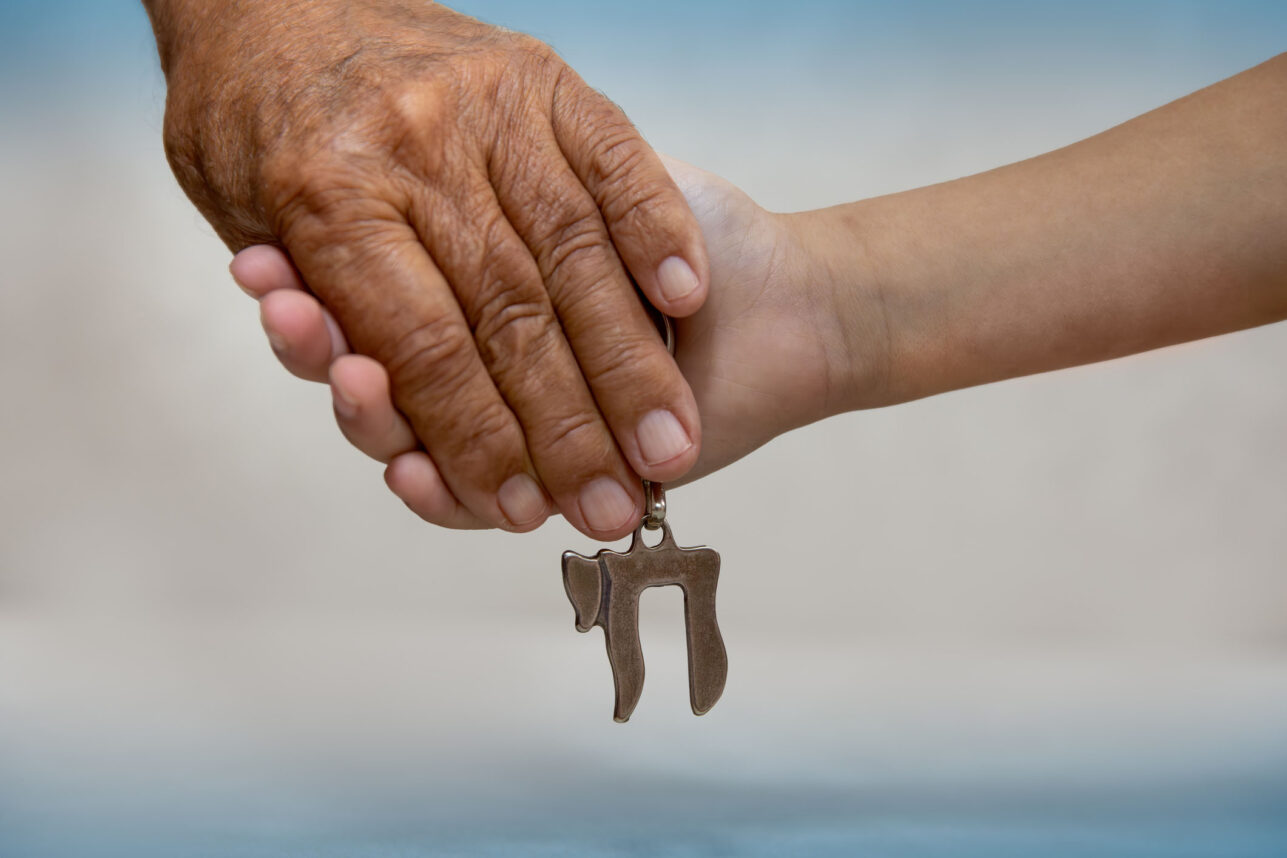
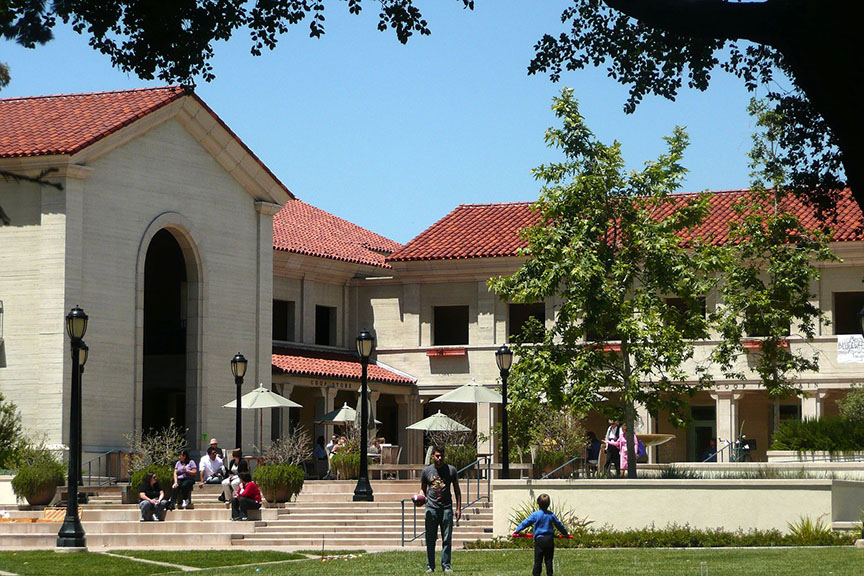
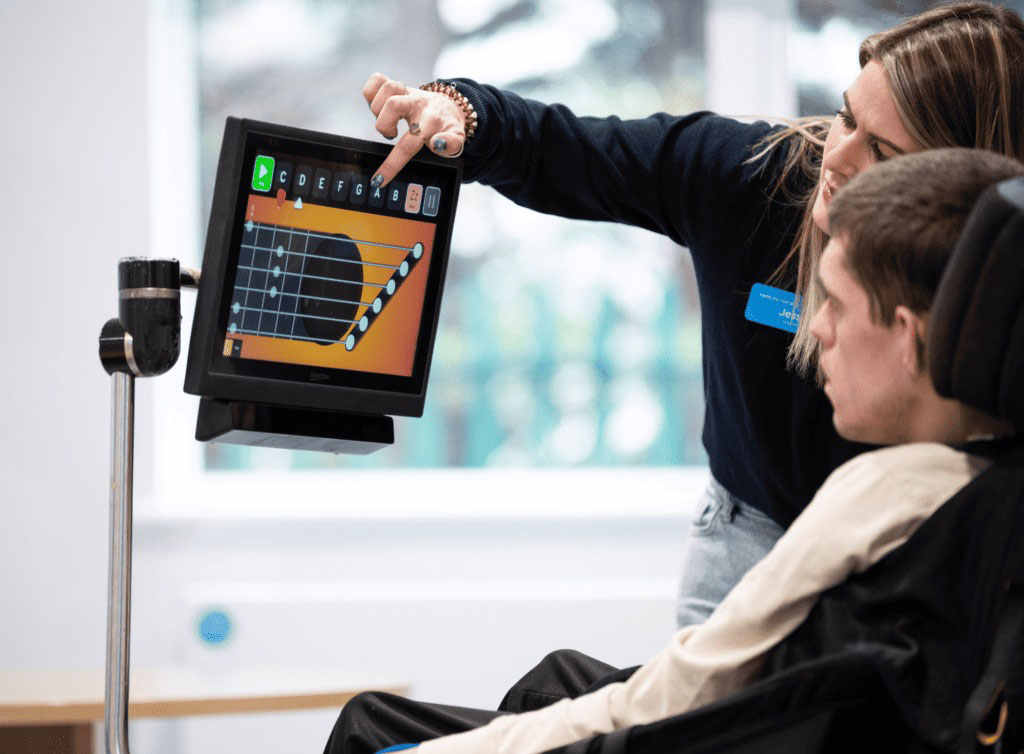
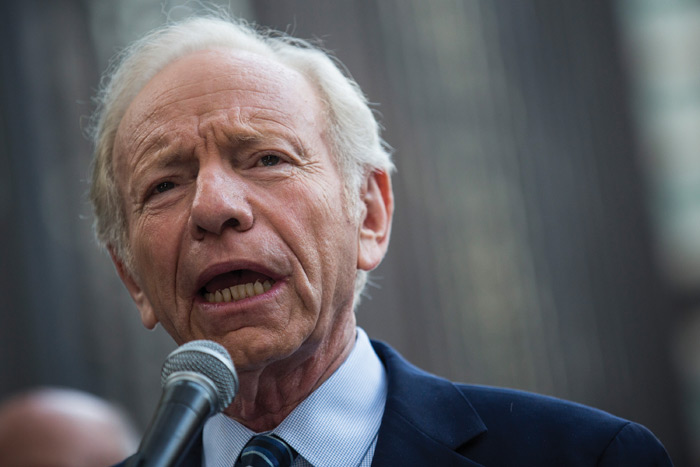
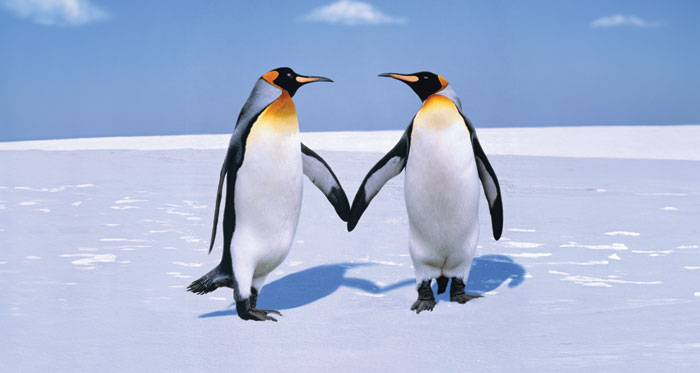


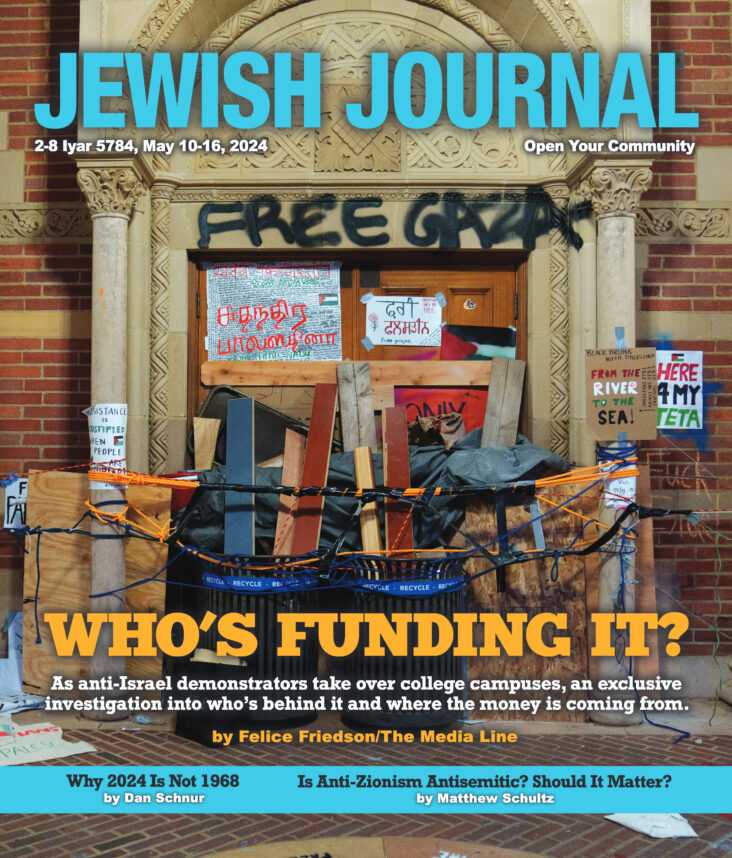






 More news and opinions than at a Shabbat dinner, right in your inbox.
More news and opinions than at a Shabbat dinner, right in your inbox.